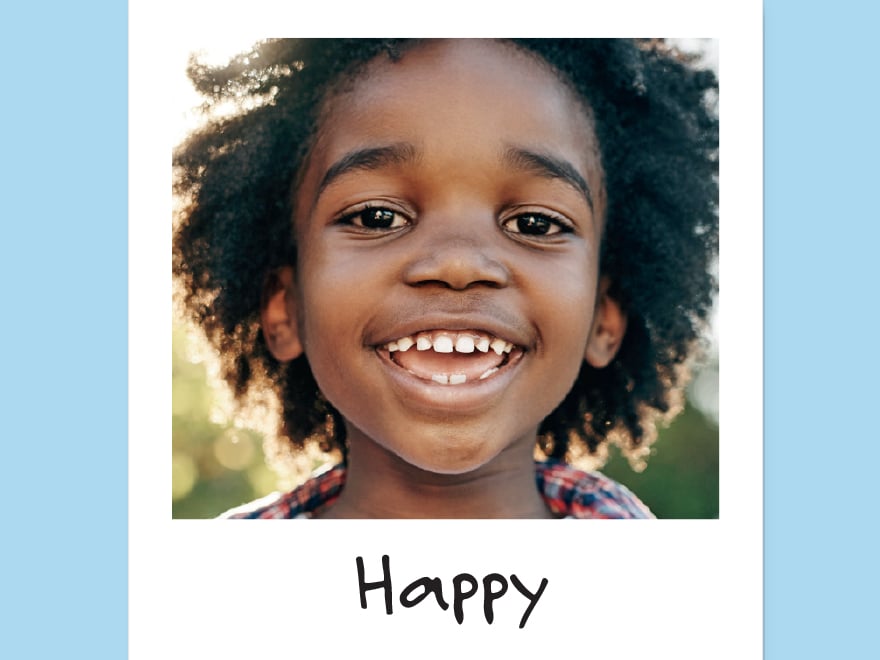

Maybe you’re waiting for a check in the mail or are particularly excited about the year to come. You feel joy, but you also feel anticipation. You have probably found yourself in between two emotions. But there is more to the Emotion Wheel than just eight primary emotions. Disgust, and its opposing emotion, trust.Īlready, this wheel begins to resemble a color wheel.Anticipation, and its opposing emotion, surprise.Joy, and its opposing emotion, sadness.Plutchik believed that humans experience eight primary emotions, and each of these emotions has a polar opposite that is also included on the wheel: His theory of emotion expanded on previous theories, some of which had labeled six primary emotions that all human beings feel. Robert Plutchik, an American psychologist, created the Emotion Wheel in 1980. It was part of his overarching Psychoevolutionary Theory of Emotion. The Emotion Wheel was created by Robert Plutchik to help patients identify and describe the 8 core emotions: Joy, Sadness, Fear, Anger, Anticipation, Surprise, Disgust, and Trust.

But it’s a great reference point as we explore and understand what we are feeling. The Emotion Wheel, like other diagrams related to emotions, is not perfect. This uses different dimensions to describe emotions that we feel at any given time.

In this article, you’ll learn a new way in which you can identify your emotions.


 0 kommentar(er)
0 kommentar(er)
